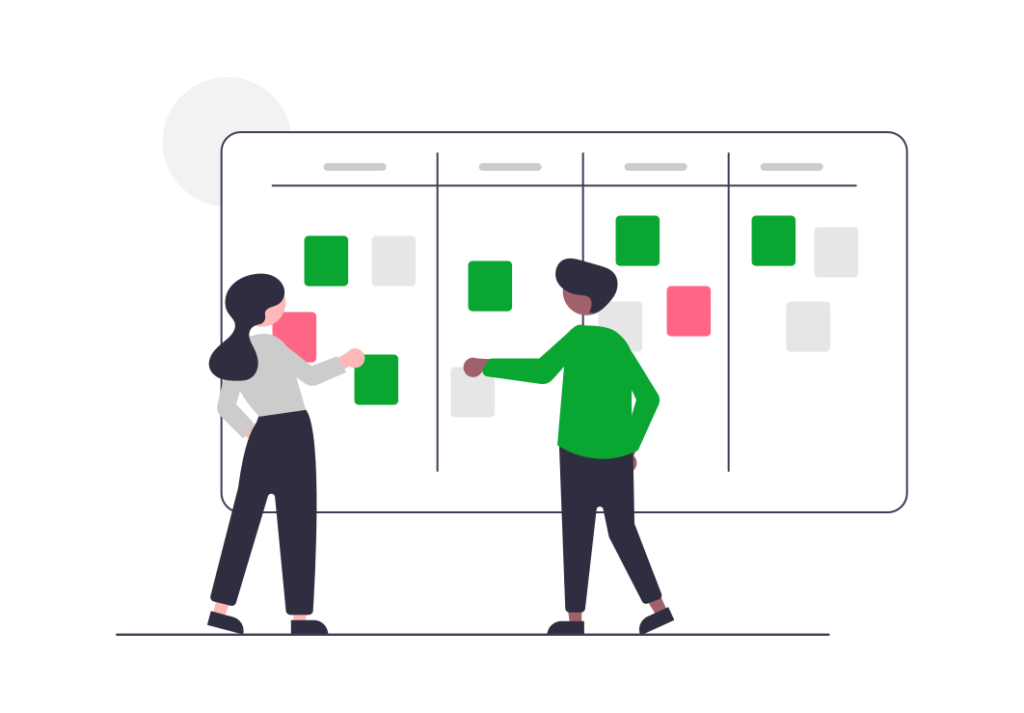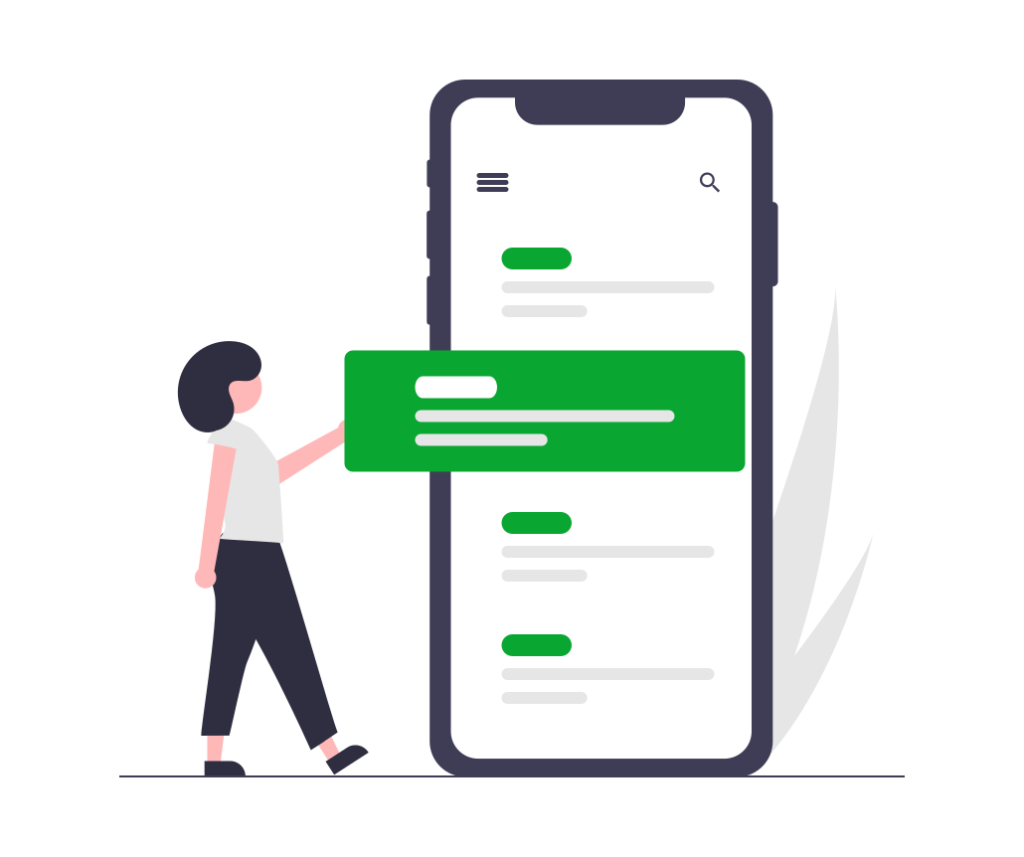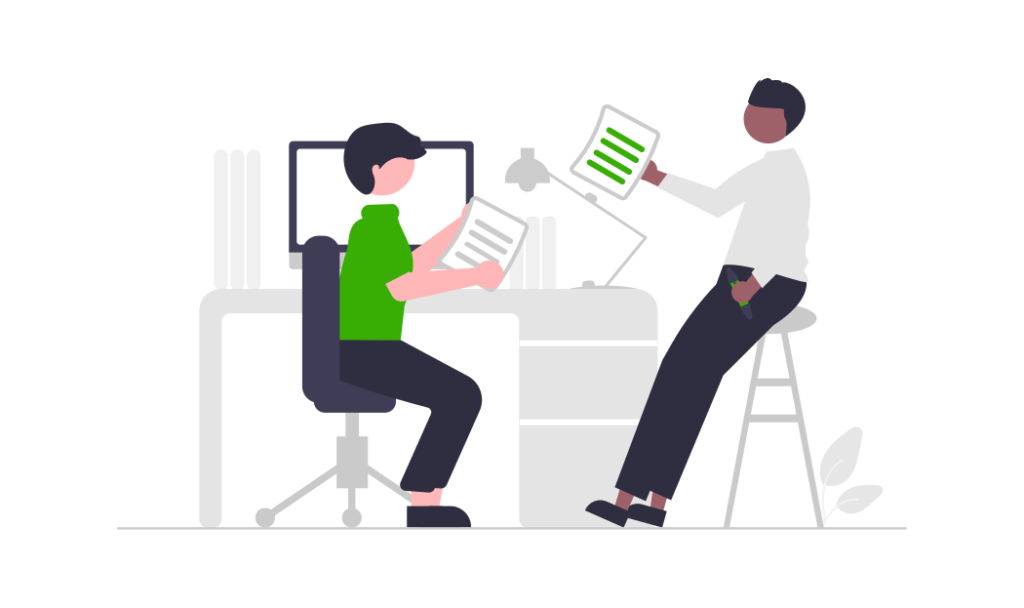We’re all creative. It’s just human nature. Even if our hobbies and interests have nothing to do with a more artistic field, we find ourselves going about them and other tasks with a level of creativity applied. But, why? It could be that we’re having difficulty resolving a problem and need to think outside of the box. Or maybe we’re lacking motivation altogether to finish something.
Inspiration is a driving force. It gets us going in the right direction. As said, what we have the inspiration for in the first place can vary, but without it, we wouldn’t reach our goals at all. We all experience a lack of inspiration at some point, and all we need is some encouragement in the right direction to get things moving.
Here are five top tips on how to find inspiration in your life and get you back into your groove.
Tip 1: Think about your vision
We all have a goal that we wish to reach when we set about accomplishing a particular task. And here’s the thing – even if we don’t have the inspiration, we know what it is we want to do. This is where you need to take a step back and ask yourself that exact question:
“What do I want to do?”
It’s not about what other people want you to accomplish. It’s what you want to accomplish and how you’re going to do so. No matter how small the task is, you’ll have a clear idea as to how it’s going to be finalised. You need to think about that closely. Is there something you’d do differently than everyone else? Do you feel as though another approach would be inferior to yours? Focus on that and let it be your incentive to get inspired.

Tip 2: Take a look at your Idol
There’s always a source for our inspiration, and more often than not, it’s another person. Whether it’s a person who’d be considered a celebrity, a friend, or even a family member, you saw something in them that made you want to be just as good – if not better – than they are. Here’s the interesting part: how did they get to where they are today?
You need to think about their journey to the present. What techniques did they use to accomplish their goals? What hardships did they face? Depending on what your interests and hobbies are, did they have to achieve what they wanted to do in a time when the technology or resources were not yet available? How did they do it? Did they need to think outside of the box? Who was their inspiration? You could perhaps look at them too to further your own inspiration. Are there any similarities between yourself, your idol, and their idol?
Tip 3: Start reading more
It’s something that the majority of us can do. Sometimes as early as three years of age, we begin to read and whenever we see a word, we automatically understand what it says. The ability to read is absolutely essential, and it’s a key factor in helping you find your inspiration.
Let’s say, to provide a couple of examples, you like writing or baking. For the former, you don’t know what to write, and with the latter, you don’t know what to bake. You’re all out of ideas. You’ve done everything before and don’t know what to do next. You’re finding that you’re craving for innovation.
The best thing to do here is to read a book. Granted, you can find a lot of information on the web, but the information in books has been reviewed and checked before publication, so now you’ll know what is more reliable. Whether the book has pictures or not, it’ll definitely boost your imagination and, in return, your inspiration.
If you like baking, you might come across a recipe you’ve never done before, or you can take a recipe or technique and adapt it in your own way. If you like writing, you can do what the author did, but with a different style or approach. Either way, you can try to imitate what they’ve done or try to improve it in your own way.
Tip 4: Make mistakes to win!
We’ve all heard the term “nobody’s perfect”, so there’s no need to explain what it means. Not everyone accomplishes what they set out to do on their first try. How many times it can take varies and there is no definitive number of attempts. Whatever your goal is, it could maybe even take years to reach it successfully.
Think – what did I do wrong? What can I do instead? Without making even a single mistake, we won’t know where we went wrong. Without that, we won’t know how to improve ourselves and grow. This will inspire us to avoid a repeat incident and to teach others the same technique.

Tip 5: Don’t rush your goals
Now, you might be stuck on something work-related and have read that title thinking “but I have a deadline!”. The truth is you should never rush things. At all.
It doesn’t matter what it is you lack inspiration for. If you rush your attempt to achieve your goal, you’re going to end up being disappointed because you fell short of your own expectations. What you accomplished never ended up becoming what you envisioned and the quality is not what you wanted it to be. You were too concerned with the thought that you’d never complete the task at hand at all and panicked. Your stress threw everything together with no thought whatsoever.
To provide an example of why you shouldn’t rush things, look at video games. While some games might receive poor reviews because of the storyline, a lot of the time bad reviews will pinpoint issues with the gameplay itself, such as poorly designed mechanics, as well as bugs and glitches.
This is often caused by improper playtesting to see if there are any issues, and if the game is rushed out for release without any tests, these problems can ruin the player’s experience. CEO of Nintendo, Shigeru Miyamoto, has even famously proclaimed “a delayed game is eventually good, but a rushed game is forever bad”.
In short: As we said earlier, take a step back before you decide on what to do next. Never cobble things together in a blind hurry.
These were just a small handful of ways for you to find inspiration. To learn more, contact us today at Ceed.













